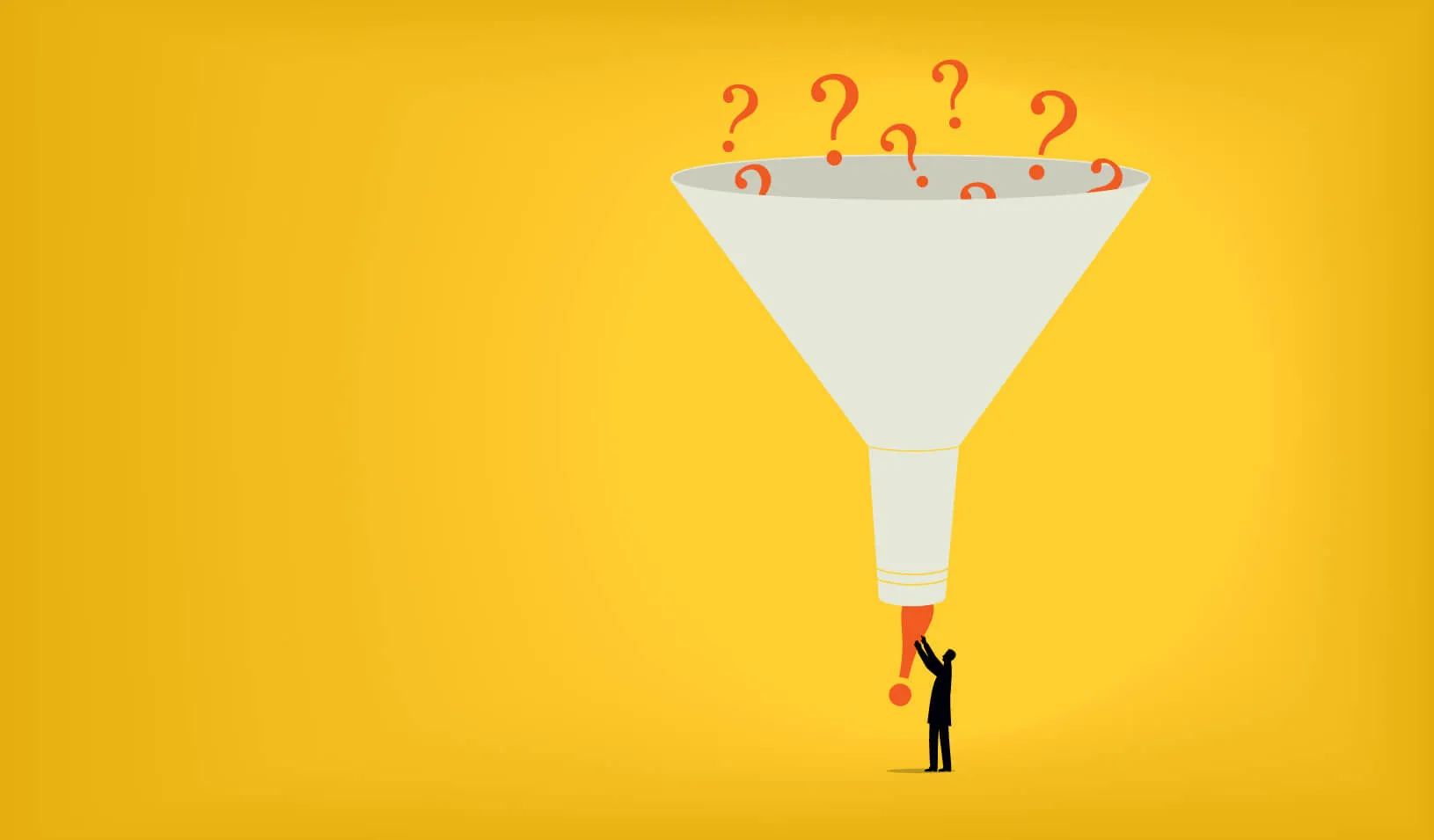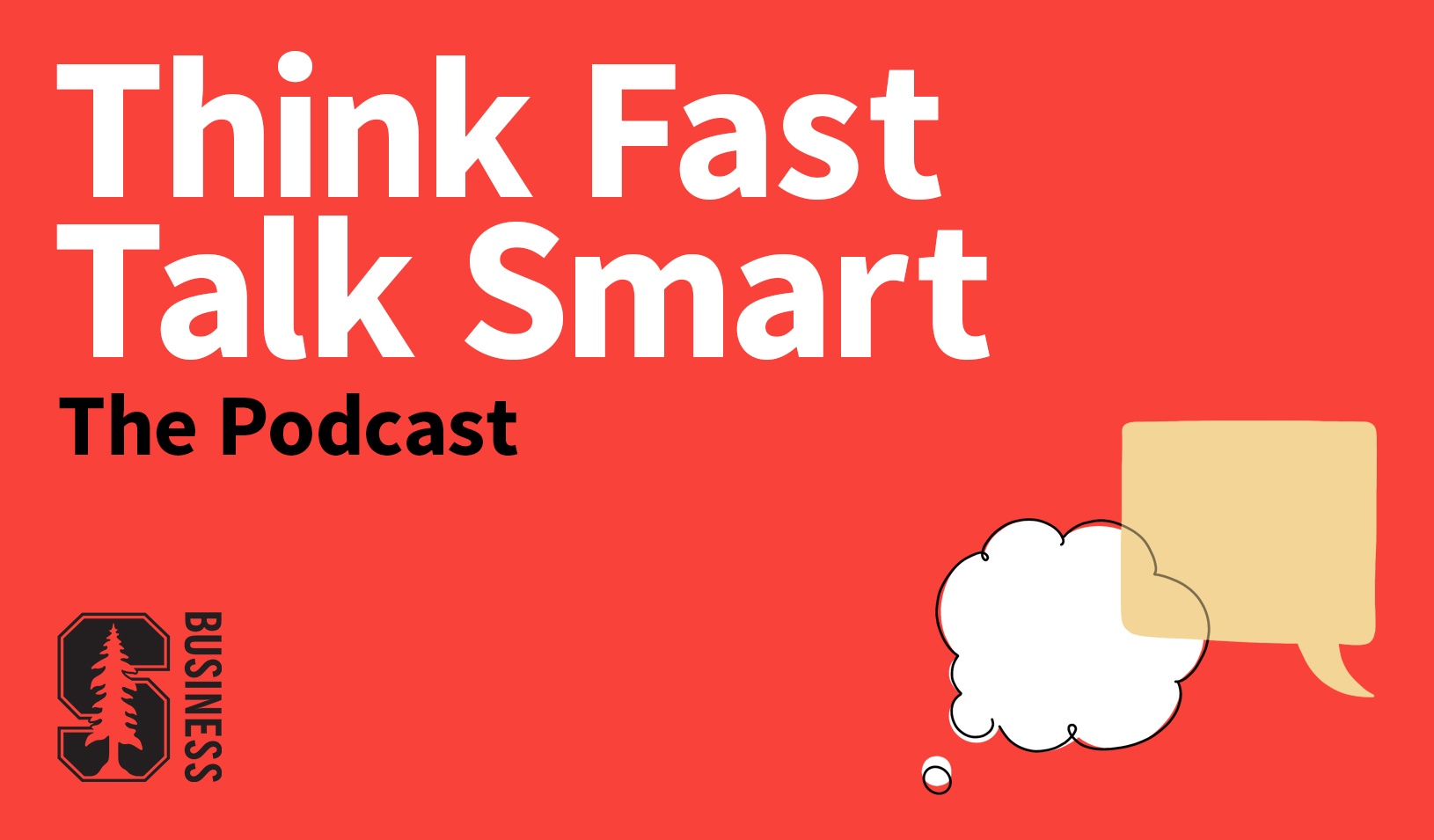
New research shows that people don’t weight positivity and negativity equally when assessing their feelings. | iStock/dane_mar
When you’re weighing the potential benefits and risks of a difficult decision, which side tips the scale: the pros or the cons?
It turns out that negativity plays an outsize role even during careful, seemingly rational decision-making, according to researchers at Stanford Graduate School of Business. People feel more conflicted when faced with many positives and a few negatives than they do when faced with many negatives and a few positives.
“Suppose you are evaluating a person — for example, a job candidate — and you make a list of his or her positive and negative qualities,” says Stanford GSB marketing professor Zakary Tormala. “Even assuming you come up with positives and negatives that are equally relevant and compelling, the negatives tend to carry more weight.”
The research, published in the April 2017 issue of the Journal of Personality and Social Psychology, was conducted by Tormala and Aaron Snyder, a graduate of Stanford GSB’s doctoral program. The paper has implications for the study of ambivalence, a state of mind that interests everyone from leaders to marketers to pollsters. When people are ambivalent, they become internally conflicted, which makes them less likely to act and more open to persuasion.
In a sense, this latest research confirms an old marketing technique: If you want customers to lose confidence in a competitor’s product, mentioning just a few negatives about that product can be an effective means of doing so.
The research is also compelling for people who want to feel more certain about their own decisions.
“Ambivalence is not a comfortable state for most people,” Tormala says. “If you understand your own feelings of ambivalence and where they come from, it might be easier to reconcile that conflict and feel better about whatever decision you end up making. It’s possible that you could resolve your own internal conflict more quickly, and thus take action more swiftly, by recognizing that negative information has a stronger effect on ambivalence than does equivalent positive information.”
The researchers observed that adding just a few negatives to something positive (e.g., pointing out a few flaws in a great person) produced a steeper rise in conflict and uncertainty than adding a few positives to something negative (e.g., pointing out the likable traits of a greatly flawed person). Tormala says the people they studied felt most conflicted when presented with a list containing five negatives and seven positives. That caused more conflict than receiving a list containing six of each.
As part of their research, Tormala and Snyder recruited more than 1,200 online participants, then gave them pieces of information in varying proportions of positive and negative about a person named Frank. They followed up with three questions: “How much do you like Frank?” and “How favorable is your impression of Frank?” and “How would you describe your feelings toward Frank?” The respondents answered each question on a scale of 1 to 9, and also indicated how conflicted and uncertain they felt about their impressions of Frank.
Tormala and Snyder launched the studies after it occurred to Snyder that most researchers had assumed positives and negatives were equally weighted as people developed ambivalence. Yet, there is also a well-developed body of thought and research showing that negativity weighs more heavily in people’s minds. The concept, called negativity bias, contends that the fear of loss is a bigger motivator than the joy of gain. At the same time, there is research that shows that in the absence of any impression at all, people often start from a positive attitude. That’s called positivity offset.
During his dissertation research, Snyder asked, “What if people’s minds don’t weight positivity and negativity equally when assessing their own feelings of conflict and uncertainty?”
“It’s a simple insight, but virtually every formal model of ambivalence had overlooked it,” Tormala says. “Basically, our work extends the well-known principles of negativity bias and positivity offset to the study of ambivalence.”
Tormala and Snyder say that further study could examine whether the findings changed as the object of ambivalence changed. For instance, would people feel the same effects on their sense of ambiguity when considering an item of food rather than a person?
“Understanding the forces that make us feel more or less conflicted helps illuminate the paths to feeling better about our own attitudes and decisions,” says Tormala. “That certainly doesn’t guarantee that we’ll make better decisions or somehow form more accurate opinions, but it could help us identify more effective means of resolving uncertainty when it arises.”
For media inquiries, visit the Newsroom.






